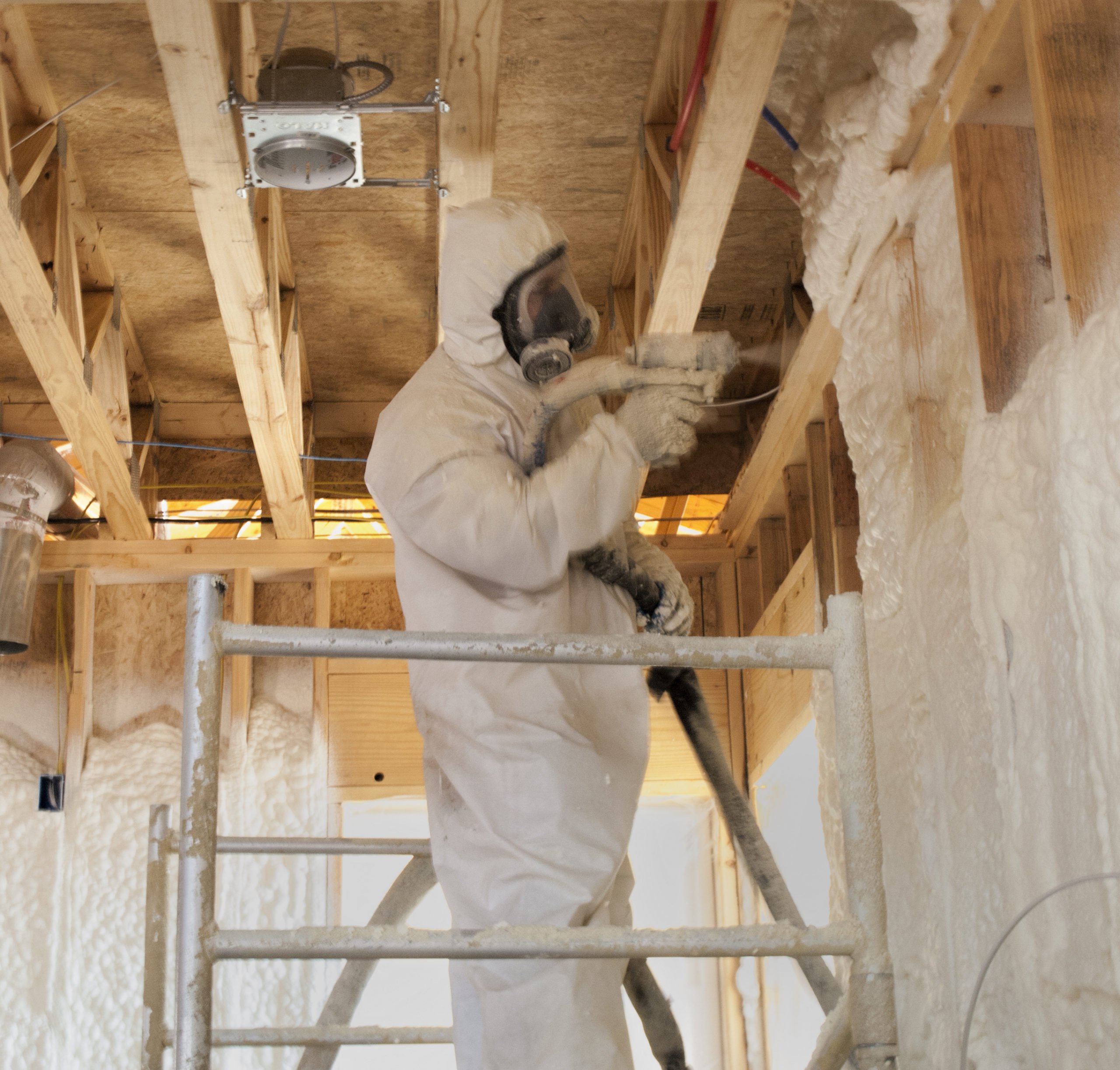
Closed-Cell vs. Open-Cell Foams: Know the difference
By Steven O’Donnell, Senior Technical Trainer for AHIT
There are many different types of spray foams that you will find during a home inspection. Home inspectors will hear terms such as open-cell (half-pound) and closed-cell (2-pound) foam. Here’s what home inspectors should look for in each type.
Difference in types
In a closed-cell foam, the gas forms discrete pockets, each surrounded completely by the solid foam material. In an open-cell foam, the gas pockets connect with each other. An example of open-cell foam is a bath sponge.
Open-cell or half-pound foams have an R-value of about 3.7 per inch and require a vapor retarder as dictated by local building codes and climate. Open-cell foams are easily identified by their soft spongy surface. Closed-cell or 2-pound foams have an R-value in the mid-6 per inch range and generally do not require a vapor retarder. Closed-cell foams typically have a hard crust on their surface.
There are also many eco-friendly types of foam on the market – soy foam, corn foam, sugar foam, etc. Keep in mind these products are not completely green. The green component is about 5% to 8% of the Component B (polyol), and all of them still have the petroleum-based Component A, MDI (methylene diphenyl diisocyanate).
Whether you’re a new home inspector or just need a refresher, get tips for inspecting a variety of home systems with AHIT’s newly updated “A Practical Guide to Home Inspection.“
Intumescent coating
Open-cell foam is less durable and must be used inside only. Closed-cell foam is more durable, has a greater R-value per inch, and adds structural rigidity in most applications. In either case, when used in wall and ceiling cavities, virtually all applications must be covered with half-inch drywall or an intumescent coating as a thermal/ignition barrier. When used in an attic or crawl space application (vented or unvented), many closed-cell products can be left uncovered.
An intumescent coating is one that is painted onto the foam. When it comes in to contact with extreme heat, such as in a fire, the coating swells to form a protective barrier that slows the heating of whatever it is protecting.
With the many differences and benefits of closed-cell foam, it usually costs more than open-cell foam.
Common application
One common application is flash and batt, which involves spraying about one-to-two inches of foam on the walls (backside of sheathing) then insulating with standard fiberglass batts. There is a potential problem in cold climates if the foam is too thin. Condensation may form in the wall cavity on the surface of the foam since the warm humid air within the home will move right through the fiberglass until it meets the cool surface of the foam. Be sure to check manufacturer’s recommendations for proper installation.
Steve O’Donnell is the co-founder of Newcomer’s Inspection Services, which began in 1994. A professional home inspector in the State of Arizona and a graduate of the University of Michigan with a Bachelor of Science degree, O’Donnell has personally performed more than 2,600 home inspections.




